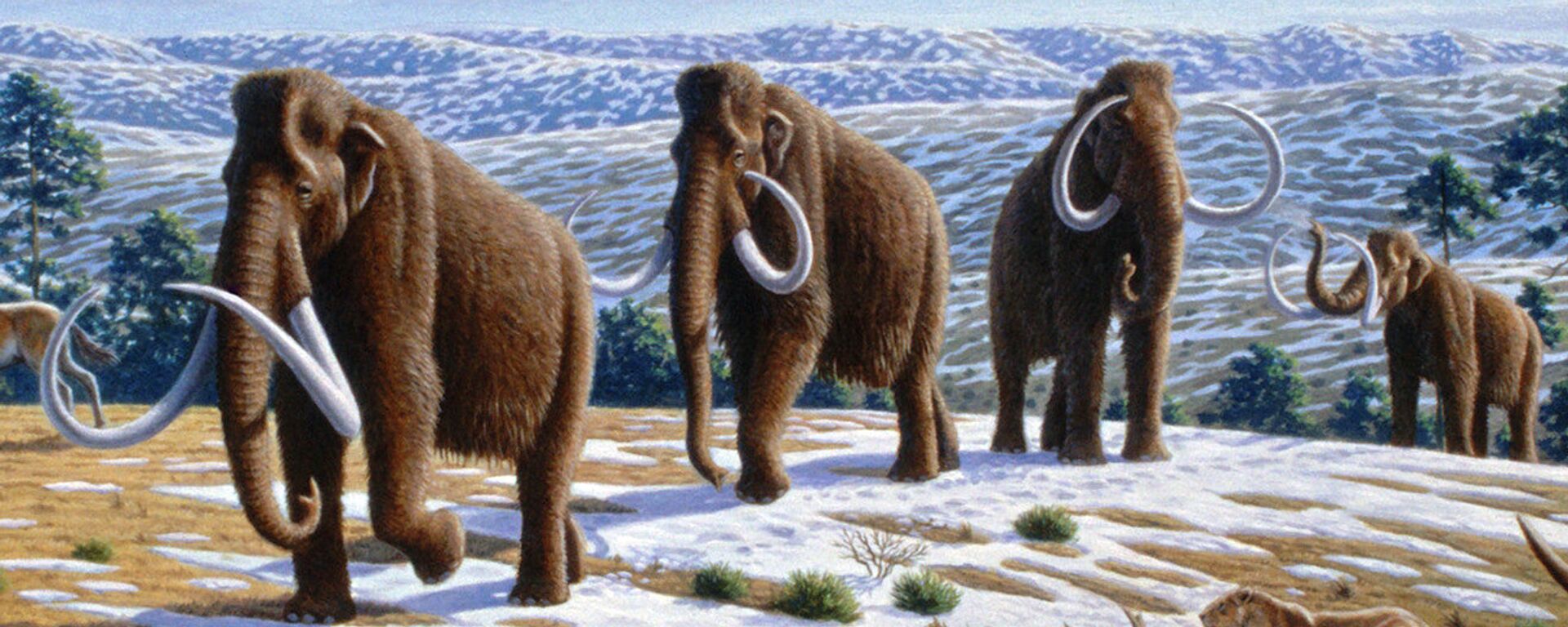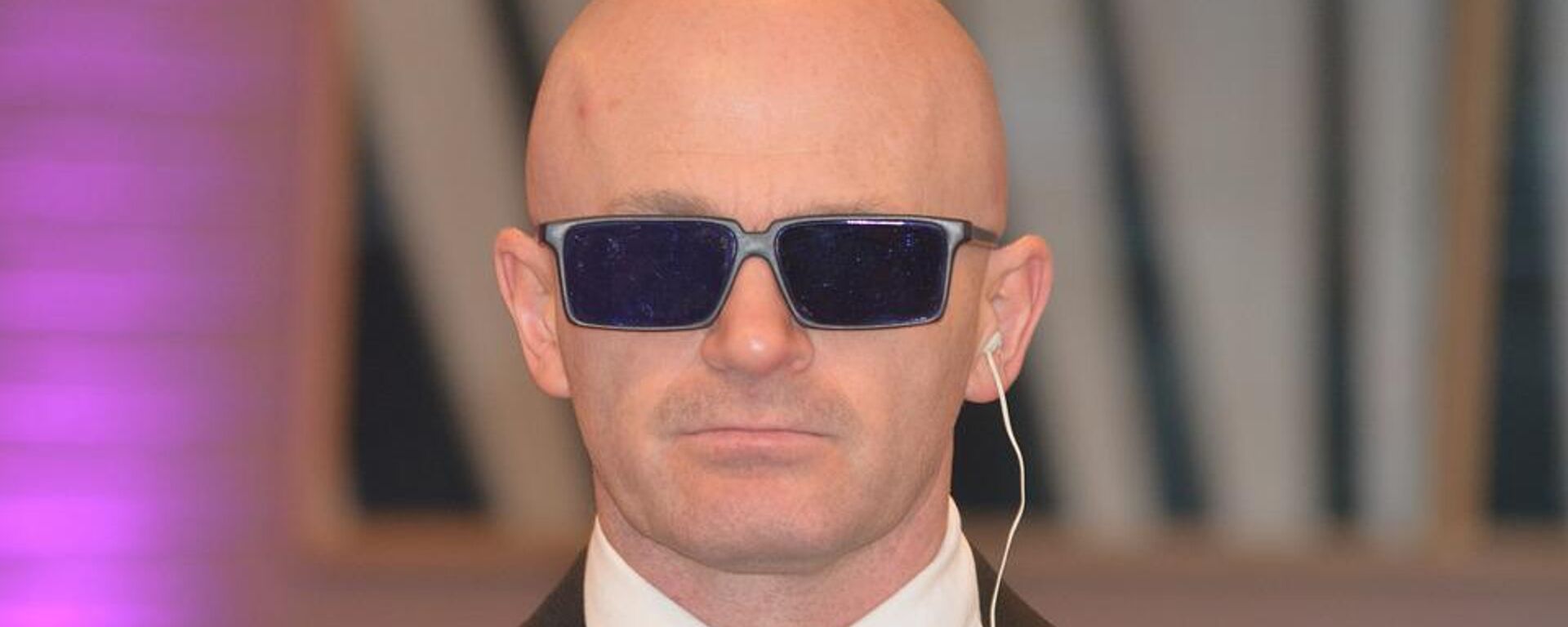https://sputnikglobe.com/20220714/what-is-the-hair-raising-story-behind-goosebumps-1097312864.html
What is the Hair-Raising Story Behind Goosebumps?
What is the Hair-Raising Story Behind Goosebumps?
Sputnik International
Goosebumps, goose pimples and goose flesh are just some of the different names used to refer to ‘cutis anserina’ - a temporary change in the skin from smooth... 14.07.2022, Sputnik International
2022-07-14T13:49+0000
2022-07-14T13:49+0000
2022-07-14T13:49+0000
bald
hair loss
https://cdn1.img.sputnikglobe.com/img/07e6/07/0e/1097307595_0:187:1200:862_1920x0_80_0_0_592442f04a43ac77b8f3fd5f06df4fc3.jpg
We have all experienced the sensation of goose flesh, or 'cold turkey skin' - the tiny bumps appearing on our flesh when we are cold or gripped by strong emotions, such as fear. The impulse that causes the tiny hairs on our skin to rise is called pilomotor reflex (PMR), or piloerection. This is the same reflex that springs into action when the hair stands on end when a cat is angry, making it look bigger and scarier than it really is. The reflex is not only linked to the fight or flight response, explained Case Western Reserve University’s Konstantin Leskov.The goose flesh actually serves the purpose of additional insulation. Like in the case with larger muscles, contraction of the muscles in the skin generates heat. Raised hair follicles cause skin pores to close, with the hairs themselves trapping a layer of air near the skin.It is interesting that PMR most likely appeared in placentals after their separation from their ancestors, the marsupials. According to genetic analysis, the divergence date between the two occurred 160 million years ago.In the course of evolution, part of the mammals lost their PMR reflex. For example, elephants lost it, probably along with most of their hair. Science has yet to answer whether their predecessors, the huge hairy mammoths, had PMR.The hair muscle in the skin has another important function that may bring good news for people suffering from baldness. As it contracts, it squeezes the sebaceous gland, spilling its contents - sebum - onto the hair and skin. Sebum prevents the skin from drying out and inhibits the growth of bacteria and fungi. The muscle also supports the structure of the hair follicle. A hypothesis put forward in 2017 by Dr Rodney Sinclair from Melbourne stated that the viability of stem cells in the tubercle is directly dependent on muscle attachment to them.The detachment of the muscle from the tubercle leads to depletion of the population of stem cells and degradation of follicles. Put simply, increased hair loss makes an individual grow bald. This link, incidentally, has got scientists wondering whether preventing the degradation of the hair muscle might offer a cure for progressive baldness, with work in this field already underway.In fact, Sinclair patented something called the “Hairy Pill”. The researcher’s findings focused on the role played by goosebumps as the muscle and nerve cells involved in this response to cold trigger new hair growth by activating stem cells.Well, it seems like goose flesh might actually be used to fight the receding hairline that so many people get upset about.
https://sputnikglobe.com/20210923/russian-officials-assess-proposal-to-populate-siberia-with-resurrected-woolly-mammoths-1089341030.html
https://sputnikglobe.com/20220513/things-have-got-hairy-calling-men-bald-equates-to-sexual-harassment-uk-judges-rule-1095487227.html
Sputnik International
feedback@sputniknews.com
+74956456601
MIA „Rosiya Segodnya“
2022
News
en_EN
Sputnik International
feedback@sputniknews.com
+74956456601
MIA „Rosiya Segodnya“
Sputnik International
feedback@sputniknews.com
+74956456601
MIA „Rosiya Segodnya“
bald, hair loss
What is the Hair-Raising Story Behind Goosebumps?
Goosebumps, goose pimples and goose flesh are just some of the different names used to refer to ‘cutis anserina’ - a temporary change in the skin from smooth to bumpy that is typically observed after exposure to the cold.
We have all experienced the sensation of goose flesh, or 'cold turkey skin' - the tiny bumps appearing on our flesh when we are cold or gripped by strong emotions, such as fear. The impulse that causes the tiny hairs on our skin to rise is called pilomotor reflex (PMR), or piloerection.
This is the same reflex that springs into action when the hair stands on end when a cat is angry, making it look bigger and scarier than it really is. The reflex is not only linked to the fight or flight response, explained Case Western Reserve University’s Konstantin Leskov.
The goose flesh actually serves the purpose of additional insulation. Like in the case with larger muscles, contraction of the muscles in the skin generates heat. Raised hair follicles cause skin pores to close, with the hairs themselves trapping a layer of air near the skin.
It is interesting that PMR most likely appeared in placentals after their separation from their ancestors, the marsupials. According to genetic analysis, the divergence date between the two occurred 160 million years ago.

23 September 2021, 15:17 GMT
In the course of evolution, part of the mammals lost their PMR reflex. For example, elephants lost it, probably along with most of their hair. Science has yet to answer whether their predecessors, the huge hairy mammoths, had PMR.
The hair muscle in the skin has another important function that may bring good news for people suffering from baldness. As it contracts, it squeezes the sebaceous gland, spilling its contents - sebum - onto the hair and skin. Sebum prevents the skin from drying out and inhibits the growth of bacteria and fungi.
The muscle also supports the structure of the hair follicle. A hypothesis
put forward in 2017 by Dr Rodney Sinclair from Melbourne stated that the viability of stem cells in the tubercle is directly dependent on muscle attachment to them.
The detachment of the muscle from the tubercle leads to depletion of the population of stem cells and degradation of follicles. Put simply, increased hair loss makes an individual grow bald. This link, incidentally, has got scientists wondering whether preventing the degradation of the hair muscle might offer a cure for progressive baldness, with work in this field already underway.
In fact, Sinclair patented something called the “Hairy Pill”. The researcher’s findings focused on the role played by goosebumps as the muscle and nerve cells involved in this response to cold trigger new hair growth by activating stem cells.
Well, it seems like goose flesh might actually be used to fight the receding hairline that so many people get upset about.





